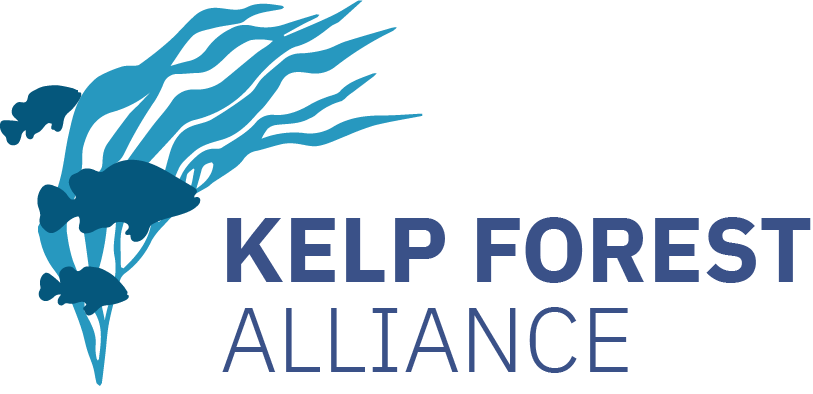We are working with the International Union for the Conservation of Nature’s kelp forest restoration typology. This work is based on an accepted framework for terrestrial ecosystems but has been tailored for kelp forest conservation and restoration.
What is the kelp forest challenge?
The challenge is a global goal to protect and restore 4 million hectares of kelp forest ecosystems, around the world by 2040.
Pledges
When is it restoration and when is it protection?
The easiest way to determine if an action is restoration or protection is to consider the area it is affecting. If that area already has a naturally occurring kelp forest, it would qualify as protection. Rather, if that area once contained a kelp forest and the action results in a kelp forest returning, it would qualify as restoration.
What activities count towards the restoration target?
We are working with the International Union for the Conservation of Nature’s kelp forest restoration typology. This work is based on an accepted framework for terrestrial ecosystems but has been tailored for kelp forest conservation and restoration. Broadly, the categories are
Natural Regeneration
- Eliminating kelp harvesting
- Eliminating water pollution
- Eliminating habitat destruction
Assisted regeneration
- Seeding
- Transplanting
- Supplementing natural habitat
Protection
- Marine protected areas
- Protecting or restoring natural predator populations which benefit kelp forests Problematic species control
- Competitor removal
- Managing the populations of competitors such as turf algae or coralline algae
What activities count towards the protection target?
We are working with the International Union for the Conservation of Nature’s kelp forest restoration typology. This work is based on an accepted framework for terrestrial ecosystems but has been tailored for kelp forest conservation and restoration. Much of the distinction between protection and restoration will be if there is already a kelp forest there. If yes, then the action likely counts as protection, not restoration. Management actions which count as protection are
Limiting Stressors
- Eliminating kelp harvesting
- Eliminating water pollution
- Eliminating habitat destruction
Protecting ecosystems
- Marine protected areas
- Protecting or restoring natural predator populations which benefit kelp forests Problematic species control
- Managing the populations of herbivores such as urchins or fish Competitor removal
- Managing the populations of competitors such as turf algae or coralline algae
MPA Protection Level
Following the specifications from the Convention on Biodiversity, protected areas (MPAs) must be “...a network of highly or fully protected, well managed marine protected areas (MPAs) and other effective area-based conservation measures (OECMs).”
Following expert consultation, the IUCN has produced the below classifications which may count towards the target. Pledges will be marked by protection level so that we maintain a good understanding of what protection is being afforded to kelp forests.
Table of marine reserve classifications.
Table of activities which are permitted in each classification.
If you have further questions, about the qualified activities, please contact us.






